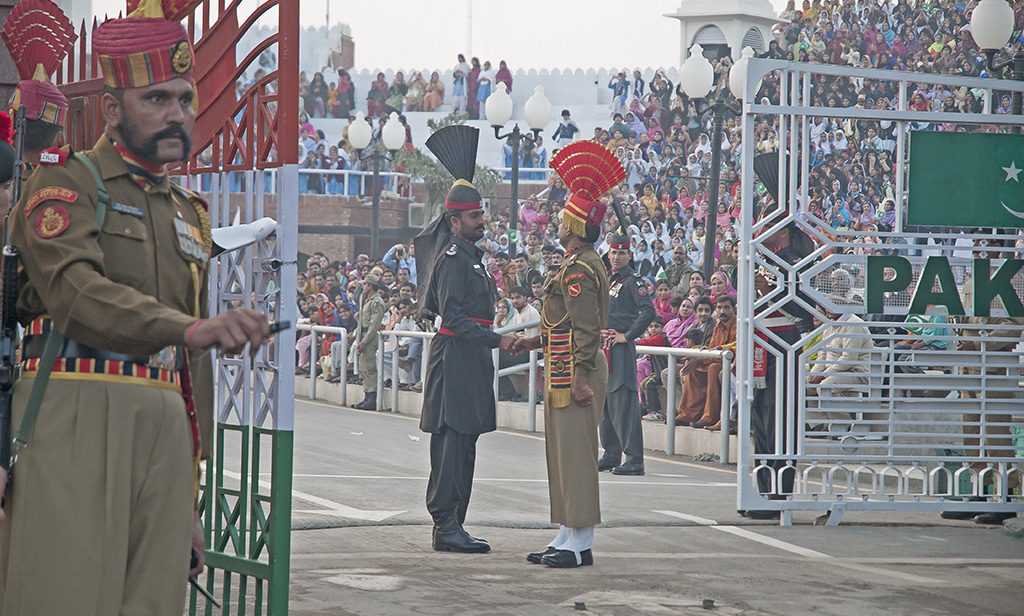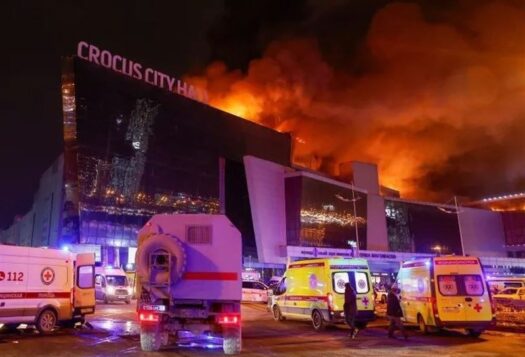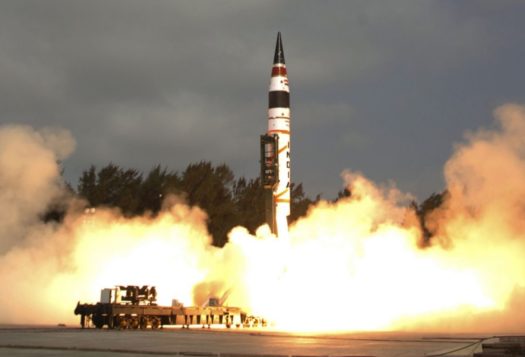
Borders, boundaries, and borderlands present multiple prospects and challenges. While borders are important for the demarcation of physical boundaries between the territories of states, in daily practice, they also are important for people living alongside these borders. Annette Weber elaborates that, “while many have stated that a lack of a defined or secure border promotes violent conflict, those who promote the concept of ‘soft borders’ have argued that the propagation of ‘hard borders’ (whether symbolic, material walls, fences, or frontiers) provoke violence, discouraging opportunities for a peaceful and sustained political relationship” While the former situation many hold true for the Pakistan-Afghanistan border, the latter holds true for border violations between India and Pakistan. Both countries’ take on hard borders has left their border towns and communities vulnerable; therefore, cross-border planning and agenda setting are crucial to improve their bilateral relations.
Pakistani-Indian Border Towns and Vulnerabilities
Vulnerabilities across the border between India and Pakistan include natural disasters and cross-border firing. One of the oldest settlements, Amritsar, is intimately joined by narrow streets and elevated buildings enfolded through a boundary wall. Falling in Zone IV of the seismic scale, it is vulnerable to earthquakes. If an earthquake occurs just about anywhere in Pakistan, the general population of this city is greatly affected. Border towns are also vulnerable to flooding.Furthermore, authors have affirmed that River Ravi, forming a border between Pakistan and India, leaves populations on both sides of the border vulnerable to flooding, which may cause loss of property. The floods of 2014 reflect the visible losses incurred by both states. In Srinagar and its neighborhood, water inundated houses. Across Indian held Kashmir, around 450 villages had waterlogged. In eastern Punjab, Pakistan, 103 people had been pronounced dead, while 48 deaths were reported on the side of Kashmir administered by Pakistan. Critics have argued that both the countries have learnt no lessons from their past even as flood devastations have become regular.
Cross-border firing is among the most critical issues that raise the stakes of high level tensions between India and Pakistan. On the border of Amritsar and Gurdaspur districts is the town of Dera Baba Nanak, which comes to life when tensions between India and Pakistan arise leading to movement of tanks, ammunitions, and troops. Situated along the Indo-Pak border, the boundary of Pankhonis is shared in such a manner that there are farms beyond fences. The farmlands are closely monitored by military personnel, which has created problems for Pakistan with respect to finding farming laborers due to border tensions. During peacetime, farming becomes possible. However, when there are tensions between the nations, there are economic losses as crops are destroyed due to the movement of soldiers into this area. According to Reuters, recent heavy shelling resulted in the death of civilians on both sides of the border, forcing thousands to flee their homes. Cross-border firing by military forces is leading to both economic and human loss.
Introducing Cross-Border Planning and Agenda Setting
Sergio Peña defines cross-border planning “as a process of institution building for achievement of mutually benefitting outcomes. The primary importance rests on facilitating a collective action regarding shared environments which are natural, built and related to humans, guarded through territorial politics and the boundaries of nation states.”
The key component for cross-border planning is cooperation. Axelrod concludes that in order for a collective stable strategy on cooperation, in a world where there is no central authority and the chase for self-interest, “there needs to be a shadow of the future,” which can make the players make out the advantages of cooperation. Taking into account the establishment of borders and history is the best way for accepting the advantages of cooperation. Regarding borders Sergio Pena mentions them as “scars of history” for the reason that they are products of conflict; in this the Pakistani-Indian border is no exception. According to Martinez, borders get through four stages: hostility and alienation, peaceful coexistence, some extent of cooperation, and finally integration. Border development between India and Pakistan still resides at the stage of hostility and alienation
The next important step in this regard is agenda setting. After the 9/11 terrorist attacks, “states prioritized setting their agenda dealing with ‘high politics ’and in particular relevant to national security, while issues of ‘low politics’ took a setback.” Pakistani and Indian national agenda setting followed the same pattern. When reviewing societal changes in both countries and the changing global political definition of security and its environments, one can observe that high political issues, such as cross-border firing, is a main unit of analysis in disruption of bilateral talks. Theoretical models of agenda setting have been presented by Roger Cobb, Jennie-Keith Ross, and Marc H. Ross. Among these, outside initiation and mobilization can be applied to the Indo-Pak cross-border issue.
The model of outside initiation would allow people outside governmental structures of the respective countries to mobilize and practice their democratic rights and pressure decision makers to prioritize and settle this problem, for it directly affects them, politically, economically, and socially. Once this issue is positioned in an institutional setting, political leaders of the respective countries can then hold discussions, deciding upon particular ‘settlement strategies for border management,’ and present a formal announcement for the decided policies so that they are implemented and supported by public assurance. As peace in the region and between India and Pakistan depends on border issues being resolved, the interested parties for addressing the issues should be the governments of each state. The realization of being geographically proximate nuclear states that can either build up or tear down the future of South Asia is the only rational incentive that can safeguard them from the growing number of security threats, extending within and beyond borders.
***
Image: Koshy Koshy, Flickr


